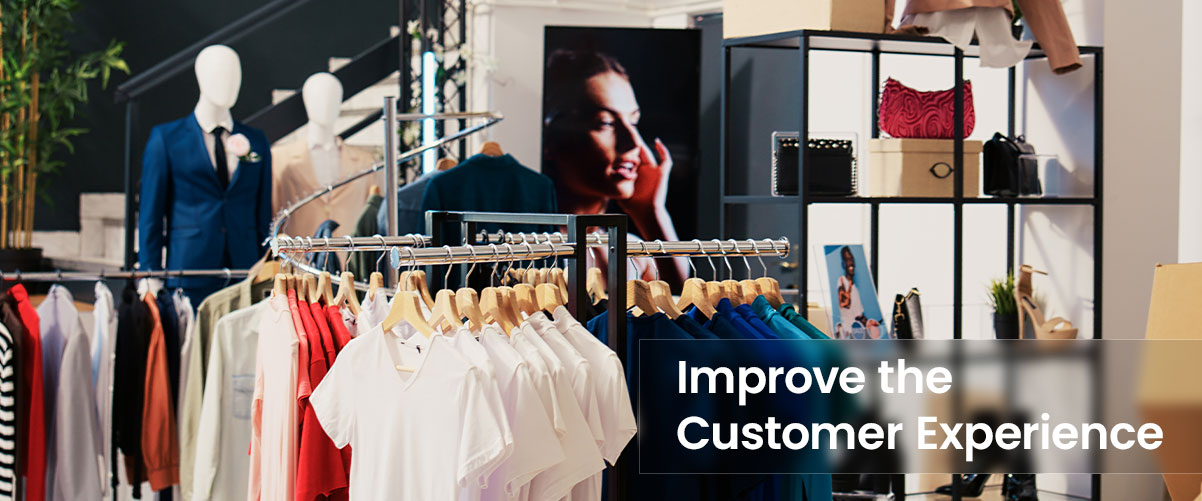
In today’s rapidly evolving retail landscape, the ability to provide a seamless and consistent customer experience across all channels is paramount. Unified commerce, a strategic approach that integrates online and offline channels, offers a powerful solution to differentiate your business and outperform competitors. By breaking down silos and creating a cohesive customer journey, unified commerce enables retailers to deliver personalized experiences, enhance customer loyalty, and drive sales.
What is Unified Commerce?
Unified commerce strategy is more than just a technology solution; it’s a strategic mindset that prioritizes customer experience. It involves integrating various channels, such as e-commerce, brick-and-mortar stores, mobile apps, social media, and marketplaces, into a single, unified commerce platform. This integration allows retailers to offer a consistent and personalized experience across all touchpoints, regardless of where the customer chooses to interact with the brand.
Unified Retail Commerce: Key Benefits
Enhanced Customer Experience:
- Seamless Omnichannel Shopping: Customers can easily transition between online and offline channels, such as browsing products online and picking them up in-store or returning items purchased online to a physical location.
- Personalized Recommendations: By leveraging customer data from multiple channels, retailers can offer highly personalized product recommendations and marketing campaigns, increasing the likelihood of conversions.
- Consistent Branding: A unified commerce approach ensures that customers experience consistent branding and messaging across all channels, reinforcing brand identity and loyalty.
Increased Operational Efficiency:
- Streamlined Inventory Management: Unified commerce enables retailers to have a real-time view of inventory levels across all channels, reducing stockouts and overstocking.
- Optimized Order Fulfillment: By integrating online and offline channels, retailers can leverage their entire network to fulfill orders efficiently, improving delivery times and reducing costs.
- Simplified Returns: Customers can return products to any channel, regardless of where they were purchased, streamlining the returns process and enhancing customer satisfaction.
Improved Customer Loyalty:
- Personalized Interactions: Unified retail commerce empowers retailers to deliver personalized experiences that resonate with individual customers, fostering a stronger emotional connection and increasing loyalty.
- Consistent Customer Service: A unified view of customer data allows retailers to provide consistent and helpful customer service across all channels, building trust and loyalty.
- Loyalty Program Integration: Unified commerce can seamlessly integrate with loyalty programs, offering personalized rewards and incentives to encourage repeat purchases.
Competitive Advantage:
- Differentiation: By offering a superior customer experience through unified commerce, retailers can differentiate themselves from competitors and attract a larger customer base.
- Increased Market Share: A unified commerce approach can help retailers expand their market reach and capture new customers by providing a more convenient and personalized shopping experience.
- Enhanced Brand Reputation: A positive customer experience fueled by unified commerce can enhance a brand’s reputation and drive word-of-mouth marketing.
Implementing Unified Commerce: A Strategic Approach
To successfully provide unified commerce experience, retailers should follow a strategic approach:
- Define Goals and Objectives: Clearly articulate the desired outcomes of unified commerce, such as improving customer satisfaction, increasing sales, or enhancing operational efficiency.
- Assess Existing Infrastructure: Evaluate the current state of your technology infrastructure and identify areas that need to be upgraded or integrated to support unified commerce.
- Choose the Right Technology Partner: Select a technology partner with expertise in unified commerce solutions that can provide the necessary tools and support.
- Implement a Data Strategy: Develop a robust data strategy to collect, analyze, and leverage customer data across all channels.
- Provide Employee Training: Ensure that employees are equipped with the knowledge and skills to effectively support unified commerce initiatives.
- Continuously Monitor and Optimize: Regularly evaluate the performance of your unified commerce implementation and make necessary adjustments to optimize results.
By embracing unified commerce, retailers can create a more customer-centric, efficient, and profitable business. By breaking down silos, delivering personalized experiences, and enhancing operational efficiency, unified commerce offers a strategic advantage that can help businesses outperform their competitors and thrive in today’s competitive marketplace.
Contact ETP Group today to learn more about our unified commerce and how it can benefit your business.


